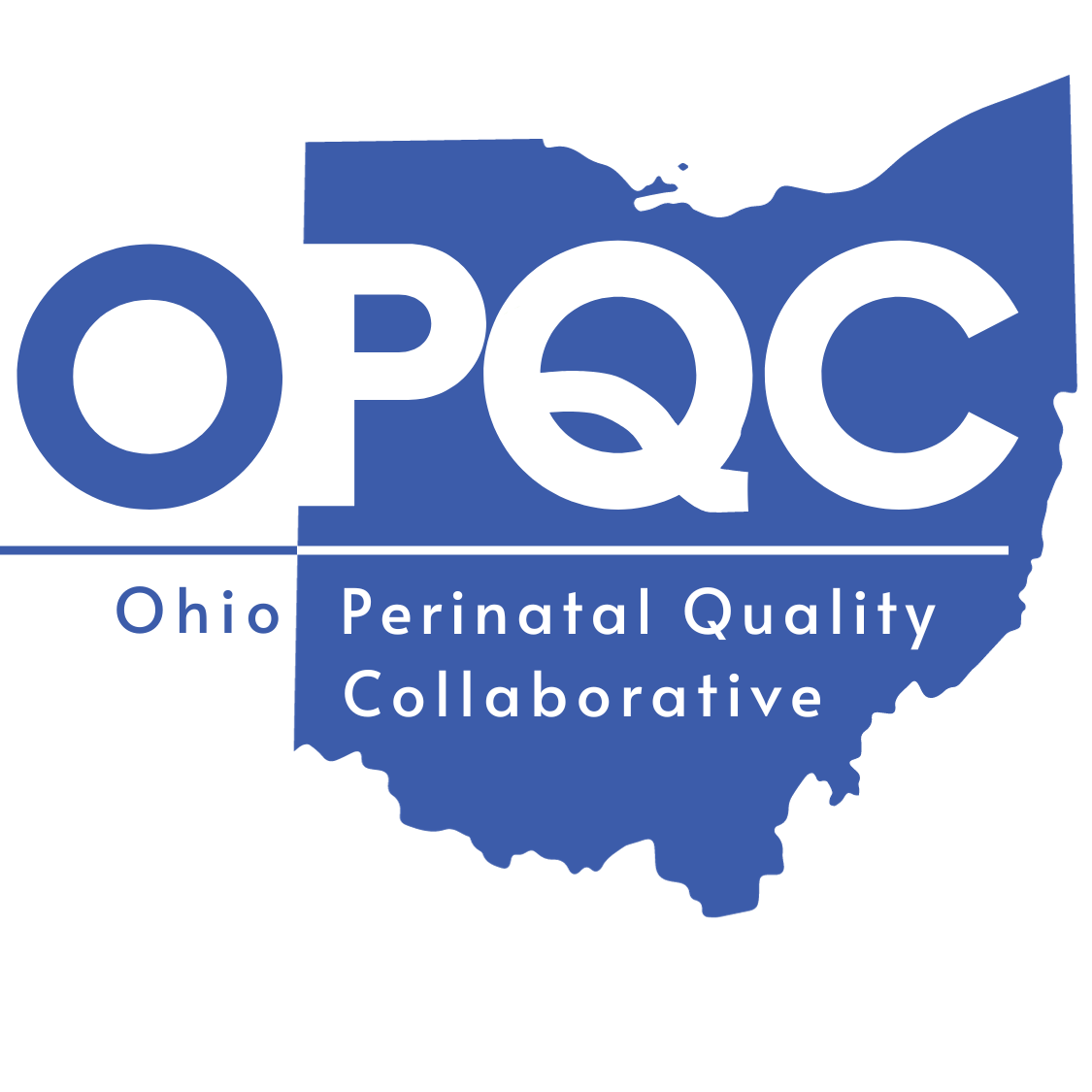
DECREASING BLOODSTREAM INFECTIONS
(CLABSI) PROJECT
Nosocomial infections occur in in 15-30% of preterm infants and cause increased morbidity, mortality, and hospital costs. OPQC’s initial neonatal project produced a 20% sustained decrease in central line-associated bloodstream infections (CLABSI) in premature infants among 24 Neonatal Intensive Care Units (NICUs). OPQC members worked to achieve >90% compliance with the reliable use of a catheter care maintenance bundle for all NICU teams. The OPQC Neonatal units then began focusing efforts on achieving further reductions in blood stream infection rates by increasing the immediate postpartum use of human milk feeding in 22 to 29 week gestation age infants.
Resources
Blood Stream Infection Project KDD
Publications
Edward F. Donovan , Karen Sparling , Michael R. Lake , Vivek Narendran , Kurt Schibler , Beth Haberman , Barbara Rose , Jareen Meinzen-Derr , on behalf of the Ohio Perinatal Quality Collaborative. (2013). The Investment Case for Preventing NICU-Associated Infections. Am J Perinatol, 2013; 30(03): 179-184
DOI: 10.1055/s-0032-1322516
Kaplan HC, Lannon C, Walsh MC, Donovan EF; Ohio Perinatal Quality Collaborative. (2011). Ohio statewide quality-improvement collaborative to reduce late-onset sepsis in preterm infants. Pediatrics, Mar;127(3):427-35. doi: 10.1542/peds.2010-2141. Epub 2011 Feb 21. PMID: 21339274

